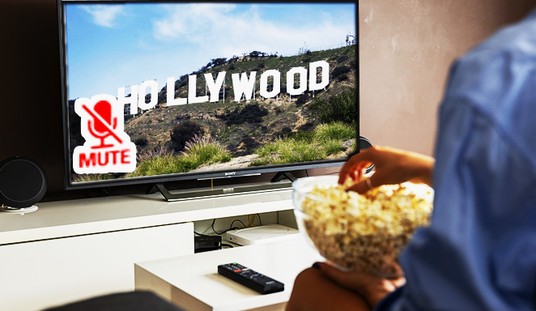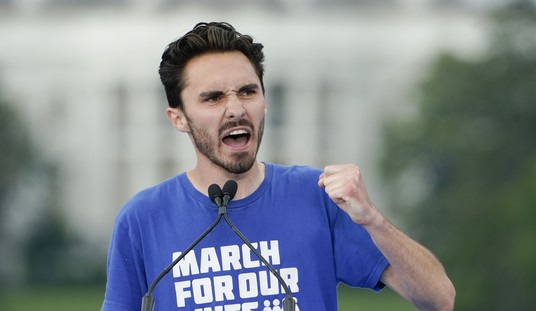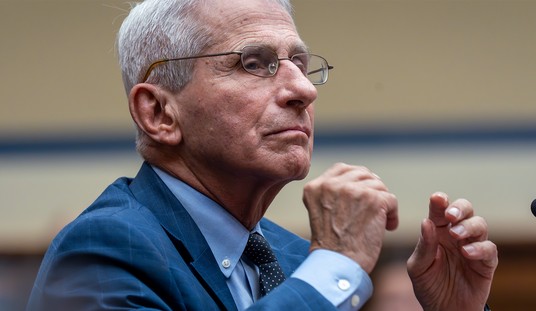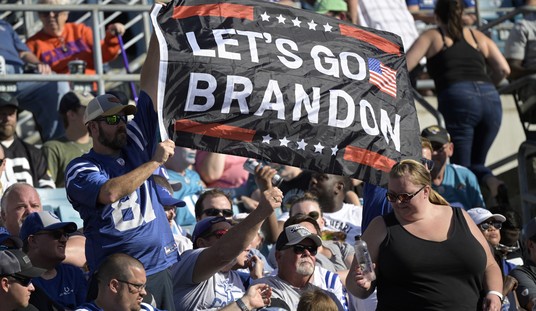This is the eighth in a series of articles from FreedomFest 2021, an annual libertarian-oriented conference hosted by Dr. Mark Skousen, an economist and Presidential Fellow at Chapman University in California. This article covers a lecture by political organizer Adam Friedman on the new phenomenon of “ranked-choice” voting that is all the rage in certain political circles (primarily Democrat and Libertarian). He was the Get Out The Vote (GOTV) organizer for New York City’s recent mayoral primary that incorporated the ranked-choice methodology. He advertises himself as “a lifelong New Yorker, a cartoonist, a cat lover, and a passionate advocate who has been involved in campaigns for human rights, prison justice, and LGBTQ+ issues.” Friedman is the founder of Rank the Vote.
Here is what I captured from his talk:
- Claim: how to bring freedom to the ballot box through ranked-choice voting.
- Our failing plurality elections is a premise. “Plurality: the highest vote totals wins.” (the root cause of our political crisis).
- The plurality paradox. More candidates who run split the vote and deliver a result that the majority of voters would not support.
- Rank the Voter is a nonpartisan reform; the point is to protect the will of the majority
- In Massachusetts, whenever races involve 3 or more candidates, most of those elected did not achieve a majority of the votes
- Plurality politics corrupts competition, discourages candidates from running, restricts the range of debate, limits our honest choices
- Ranked-Choice Voting (RCV): instead of picking just one candidate, RCV lets you rank multiple candidates in the order you prefer them
- Not all choices need to be ranked
- A majority of votes is required to win a given race (in a series of recalculations if a majority is not achieved in the first round)
- The way it works: in the lowest percent column in RCV in the first round of voters, the votes are reallocated to that group’s second choices for the second round; this process is repeated until someone achieves a majority
- The RCV process is computerized; that means, all ballots need to be received before the computations are completed (that’s why there were delays in the recent New York City election)
- More honest campaigning because everyone wanted to be the second choice of their opponents (no real data that proves that supposition)
- With RCV, candidates are incentivized to campaign/proselytize for getting the second candidate position of their opponents
- RCV elections result in less negativity (studies and exit polls show this)
- Media can also provide rank-ordered endorsements and explain their rationale
- RCV has been used around the world for a long time
- 23 cities and towns in Utah are adopting RCV in future elections
- Virginia GOP to use RCV in their nominating conventions
- The belief is that this system more closely represents the will of the people
- The claim is that the biggest impediment to implementing RCV is voter education (the Democrats have embraced it)
- Jenny Kirby is the South Dakota lead for Rank the Vote; there are leads in other states (not all)
- Arizona, Colorado, Connecticut, and Delaware are near-term targets for implementing RCV
- The Libertarians in the audience were all for RCV, as they view it as a way to win elections, or at least elect the most libertarian-oriented candidates. [I’m not sure that that would happen.]
[Note: I remain a skeptic because they don’t take a stand on voter ID. Ballot harvesting and other unchecked fraud defeat the purpose of the system. I also wonder who the major donors are and what their agendas might be. Unclear. Finally, show me the results in a Red state, as all the examples given were in Blue jurisdictions.]
The end.













